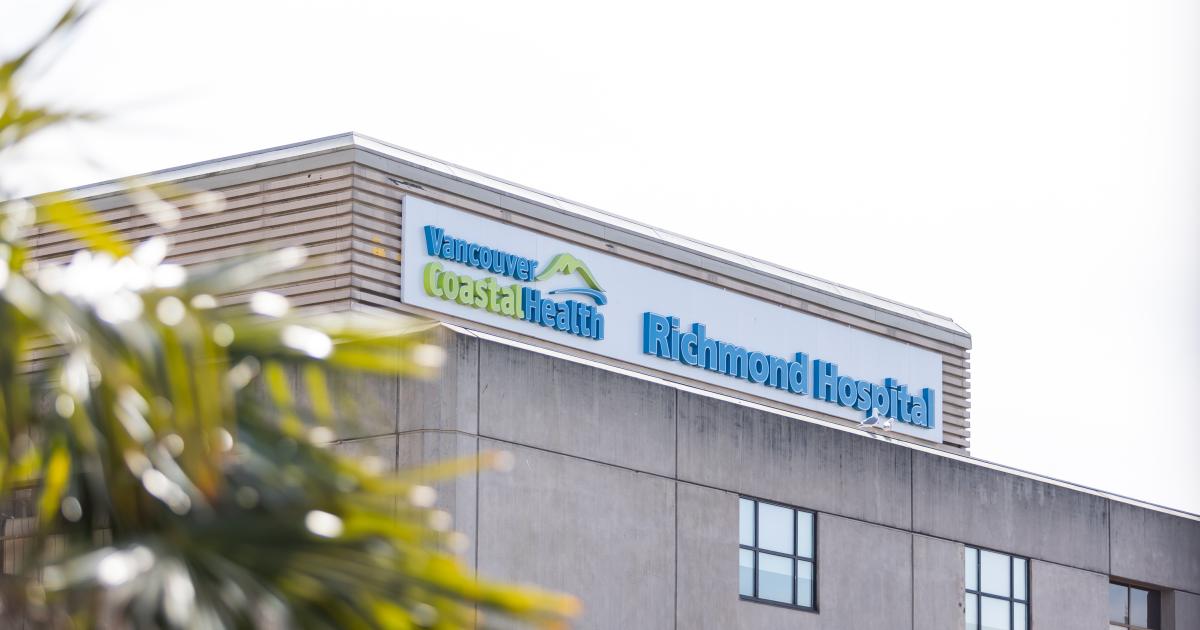Q&A: Vancouver Coastal Health reflects on being a Transit-Friendly Employer
Q&A: Vancouver Coastal Health reflects on being a Transit-Friendly Employer

Vancouver Coastal Health, one of British Columbia’s five regional health authorities, is one of the newest organizations certified by TransLink as a Transit-Friendly Employer!
The health authority joins a growing coalition of committed sustainability leaders. It encompasses 30 organizations in Metro Vancouver, including Vancouver International Airport (YVR), Intel, and Lush. Our certification recognizes organizations for making employee travel easy, affordable, and climate-friendly. Participating employers provide at least a 50 per cent transit subsidy to their employees, with the employees covering the remainder.
We wanted to learn more about why Vancouver Coastal Health chose to become a Transit-Friendly Employer. Zachary Strom, a Senior TravelSmart Specialist at TransLink, spoke with Stacy Sprague, Executive Director of Safety, Health and Wellness.
Why did your organization become a Transit-Friendly Employer?
Zachary: What motivated you to become a Transit-Friendly Employer?
Stacy: We consider this transit subsidy program an investment in our people and in the health of our planet.
As a values-based organization, this initiative aligns with our commitment to building healthy lives in healthy communities and to caring for our staff and medical staff, as well as the people we serve throughout the VCH region.
Zachary: What had encouraged you to provide a higher subsidy of transit benefits?
Stacy: As part of our ongoing work to support our team, we considered some of the challenges staff and medical staff face. We looked at where our teams live – in our region and in surrounding communities – and explored the benefits that would make coming to and from work easier. An increased transit subsidy supports staff in the Lower Mainland who already take transit and encourages others to consider transit as a sustainable commuting option.
Through this process, we found that by providing a higher subsidy for folks who live farther away, we can better support employees with longer commutes.
Zachary: When you were first considering transit benefits, what workplace challenges were you hoping to solve when you enrolled, and how has working with TransLink made a difference?
Stacy: We have approximately 30,000 staff and medical staff across a large region – the majority work in the Lower Mainland – and we’re continually looking at how we can support them and lowering barriers for getting to and from work was one of these ways. This includes exploring how we can alleviate parking challenges, reduce costs for commuting, support the planet, and increase employee morale and well-being. TransLink’s Transit-Friendly Employer program is a great opportunity to address all of these things.
Zachary: Has becoming a Transit-Friendly Employer led to participation in any other sustainable programs through TransLink or other mobility providers that TransLink recommended?
Stacy: As a result of conversations with the TransLink team and better understanding the opportunities, we have begun exploring vanpool commuting options. Carpooling also supports all of the components mentioned earlier, including reducing parking challenges, increasing morale, increasing healthy spaces to work, live and play, and helping to get people to and from work.
Benefits of being a Transit-Friendly Employer to the organization and its employees
Zachary: What advice would you give to other employers who are considering offering benefits but may have reservations about budget impacts or logistics?
Stacy: I think you need to look at this program as an investment in your people and the health of our planet, in creating a great place to work, and in creating better access to your workplace.
Also, they should know that they don’t have to do it alone. TransLink will help them create a program that’s right for their environment and their employee group.
Editor’s Note: This interview has been edited for length and clarity.





